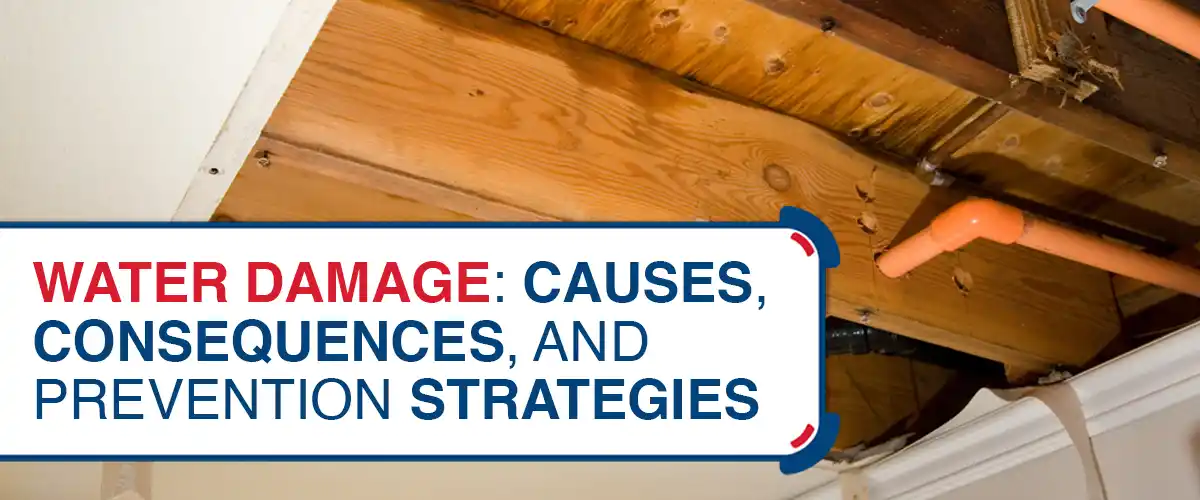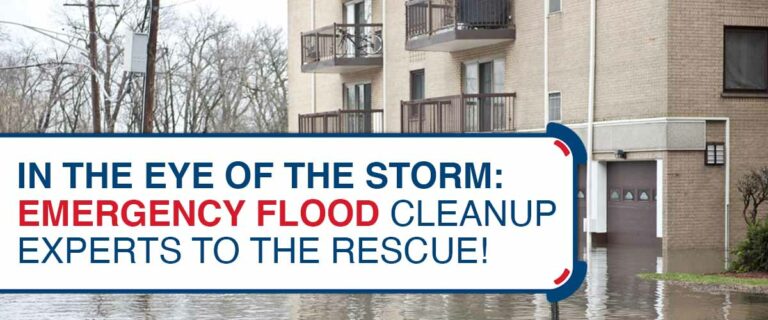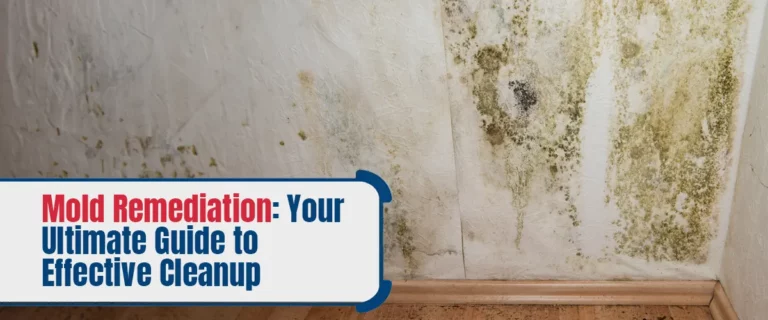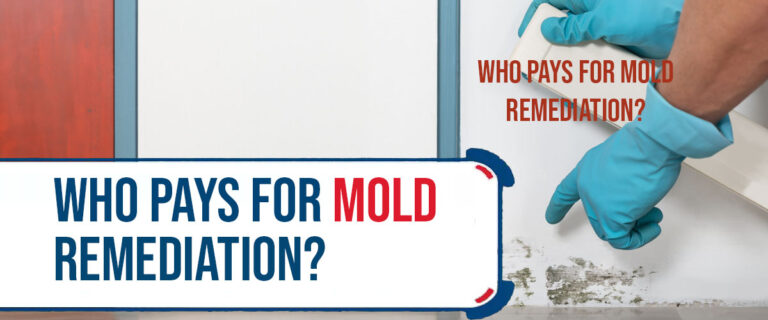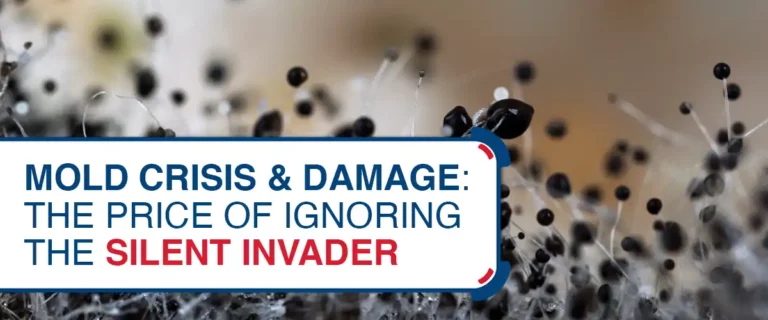Is your home a potential victim of water damage? Water damage can occur unexpectedly, from natural disasters to common household incidents. Here, we also unravel the enigma of water’s wrath, offering insights into how to protect your home from its insidious grasp. Water is undoubtedly one of the most valuable resources on Earth. However, this vital element can also be a disastrous intruder when it oversteps its boundaries and infiltrates our homes.
Meanwhile, this guide provides an in-depth exploration of water damage, including its causes and far-reaching implications, as well as proven strategies for prevention. Additionally, with this information, homeowners can take proactive steps to mitigate the possibility of water intrusion and protect their property and loved ones from unnecessary harm.
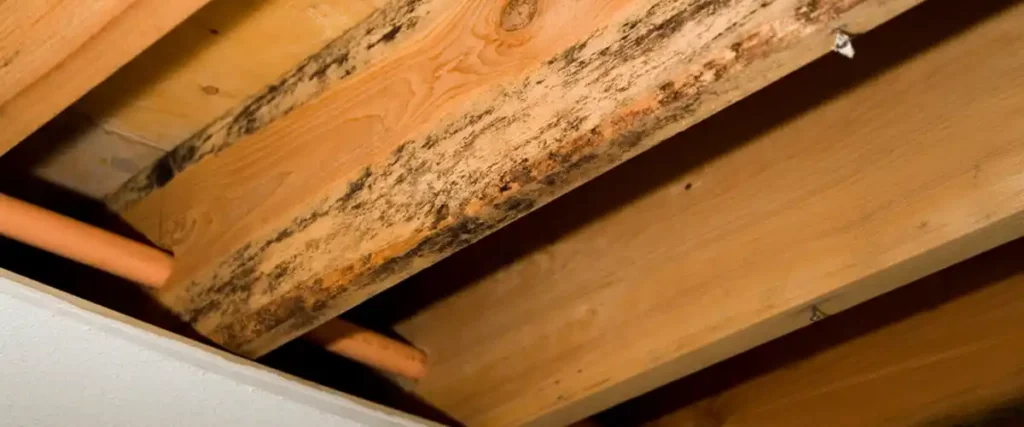
Understanding Water Damage
Water damage can strike at any moment, and it’s also essential to understand its familiar sources to prevent and mitigate its effects. The three primary culprits are the following:
1. Natural Disasters
Natural disasters like floods and storms can unleash torrents of water, infiltrating homes and causing extensive damage. Additionally, areas prone to flooding must take precautions to safeguard their properties.
2. Plumbing Issues
Faulty plumbing is a frequent source of water damage. Leaky pipes and burst plumbing lines can also result in extensive structural damage and mold growth if left unattended.
3. Appliance Failures
Water damage can result from malfunctioning household appliances such as washing machines and water heaters. Therefore, regular maintenance and inspections play a vital role in averting disasters related to these appliances.
In addition, neglecting water damage can have severe financial and health consequences. It can lead to the following:
- Structural damage requires extensive repairs.
- Mold growth, posing health risks to residents.
- Decreased property value and insurance premiums
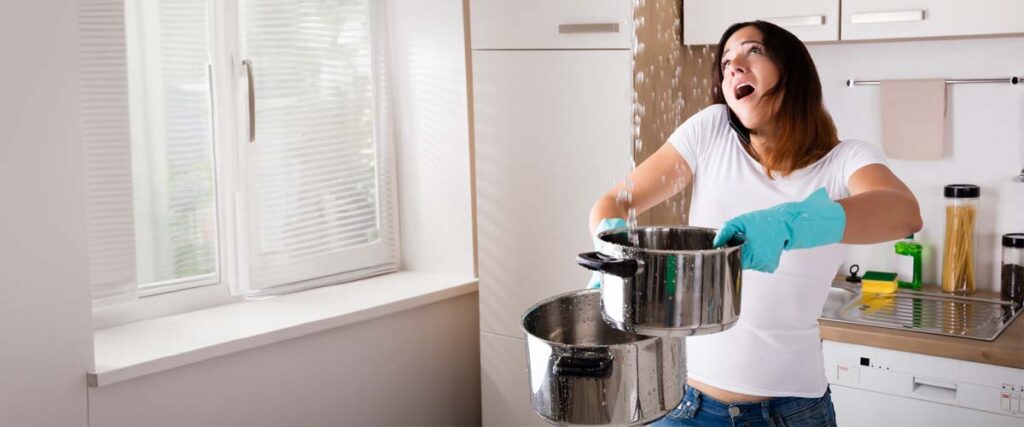
Recognizing the Signs of Water Damage
Detecting water damage in its early stages can prevent severe issues. Keep an eye out for these visible indicators:
- Stains and discoloration – Water stains on walls and ceilings are telltale of leaks or seepage. Promptly address peeling paint and discoloration.
- Warped or buckled materials – Water-soaked materials such as wooden floors or drywall can become warped or buckled. These signs indicate a moisture problem.
Hidden signs of water damage may be more challenging to detect, but they can be just as damaging. Some of the less visible signs of water damage, such as:
- Musty odors – A musty smell can permeate a room when mold and mildew thrive due to hidden moisture. Investigate and address the source promptly.
- Increased utility bills – A sudden spike in water or heating bills without an apparent reason can also indicate hidden water leaks.
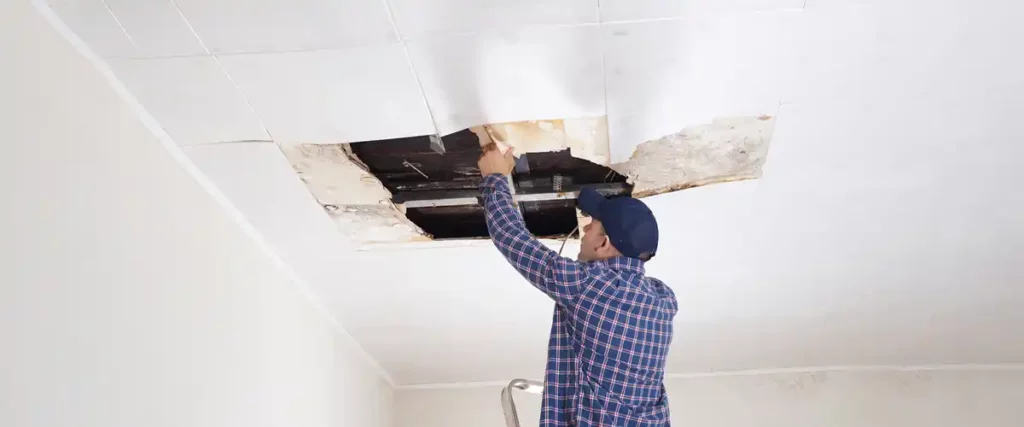
The Water Damage Restoration Process
A swift and structured response is essential to minimize the harm when water damage occurs. The typical steps in the water damage restoration process are the following:
1. Immediate Response
- Shutting off the Water Source – The first step is to halt the source of the water. Turn off the main water supply to avert additional damage.
- Ensuring safety – Prioritize safety. Ensure the affected area is free from electrical hazards and slippery surfaces.
2. Assessment of Damage
- Inspecting affected areas – Assess the extent of the damage, both visible and hidden. A thorough inspection helps in planning restoration efforts.
- Documenting the damage – Take photographs and note the damage for insurance claims and reference.
3. Water Extraction
- Removing standing water – Use pumps and wet vacuums to eliminate standing water, preventing further damage.
- Drying the area – Employ fans and dehumidifiers to dry the affected area thoroughly.
4. Dehumidification and Ventilation
- Preventing mold growth – Mold can start growing within 24-48 hours. Proper dehumidification and ventilation are crucial to inhibit its growth.
- Restoring Indoor Air Quality – Ensuring clean, dry air is essential for the health and well-being of residents.
5. Structural Repairs and Restoration
- Rebuilding damaged structures – Repair and rebuild damaged structures, such as drywall, flooring, or ceilings.
- Cosmetic repairs – Make cosmetic repairs to restore the affected area’s appearance.
6. Final Inspection
- Ensure effective mitigation – A final inspection ensures all measures are in place to mitigate the damage and prevent further issues.
- Quality assurance – Quality assurance measures guarantee the success of the restoration process.
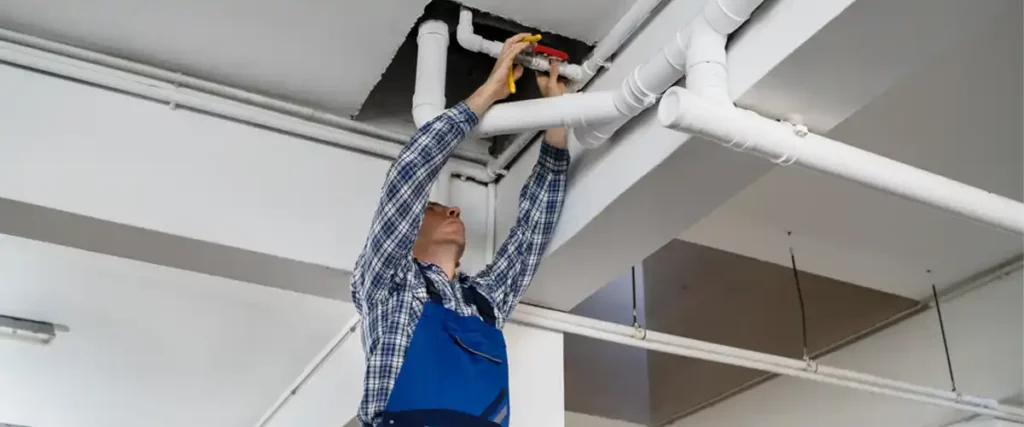
Prevention Strategies
Preventing water damage is more cost-effective and less stressful than dealing with the aftermath. Here are some key strategies to protect your home:
1. Regular Maintenance
- Plumbing inspections – Regularly inspect and maintain your plumbing to prevent leaks and bursts.
- Roof and gutter maintenance – Keep your roof and gutters in good condition to prevent water from seeping into your home.
2. Installing Water Detection Systems
Implementing water detection systems can provide early warnings of water leaks, allowing for timely intervention.
3. Proper Insulation and Ventilation
Ensure your home is well-insulated and ventilated to prevent condensation and moisture buildup.
4. Landscaping and Grading
Proper landscaping and grading can direct water away from your home and reduce the risk of flooding and foundation damage.
5. Emergency Preparedness
Develop a plan for dealing with water damage emergencies. Everyone in the household should also know what to do in a water-related disaster.

DIY Water Damage Mitigation Tips
Homeowners can take immediate action to mitigate water damage. Know when to handle issues yourself and when to seek help from water damage professionals in Kansas City:
1. Immediate Actions for Homeowners
- Turning off the water supply – In case of a leak or burst pipe, immediately turn off the water supply to prevent further damage.
- Cleaning Up Minor Leaks – Address minor leaks promptly by drying the affected area and fixing the source of the leak.
2. When to Seek Professional Help
- Assessing the extent of damage – If the damage is extensive, it’s best to call professionals specializing in water damage restoration.
- Safety concerns – If there are safety concerns, such as electrical hazards or contaminated water, leave the repair to experts.

Home’s Best Defense: Water-wise!
Finally, water damage can result from various sources and cause significant financial loss. Recognizing visible and hidden signs of water damage and quickly mitigating its effects through a structured restoration process is also vital. However, prevention is the best course of action.
Moreover, homeowners can take proactive steps such as regular maintenance, installing water detection systems, proper insulation, and drainage to minimize the risk of water damage. Therefore, it is essential to prioritize prevention measures to protect your home and reduce the impact of water damage.
References:
- Un-Water. (n.d.). Water and Disasters | UN-Water. Retrieved from https://www.unwater.org/water-facts/water-and-disasters
- How to protect your home from water damage | III. (n.d.). Retrieved from https://www.iii.org/article/how-protect-your-home-water-damage
- Home Water Damage Prevention: Protecting Against Leaks And Flooding. (2023, August 31). Retrieved from https://staysafe.org/home-safety/home-water-damage-prevention-protecting/#understanding-water-damage-risks


